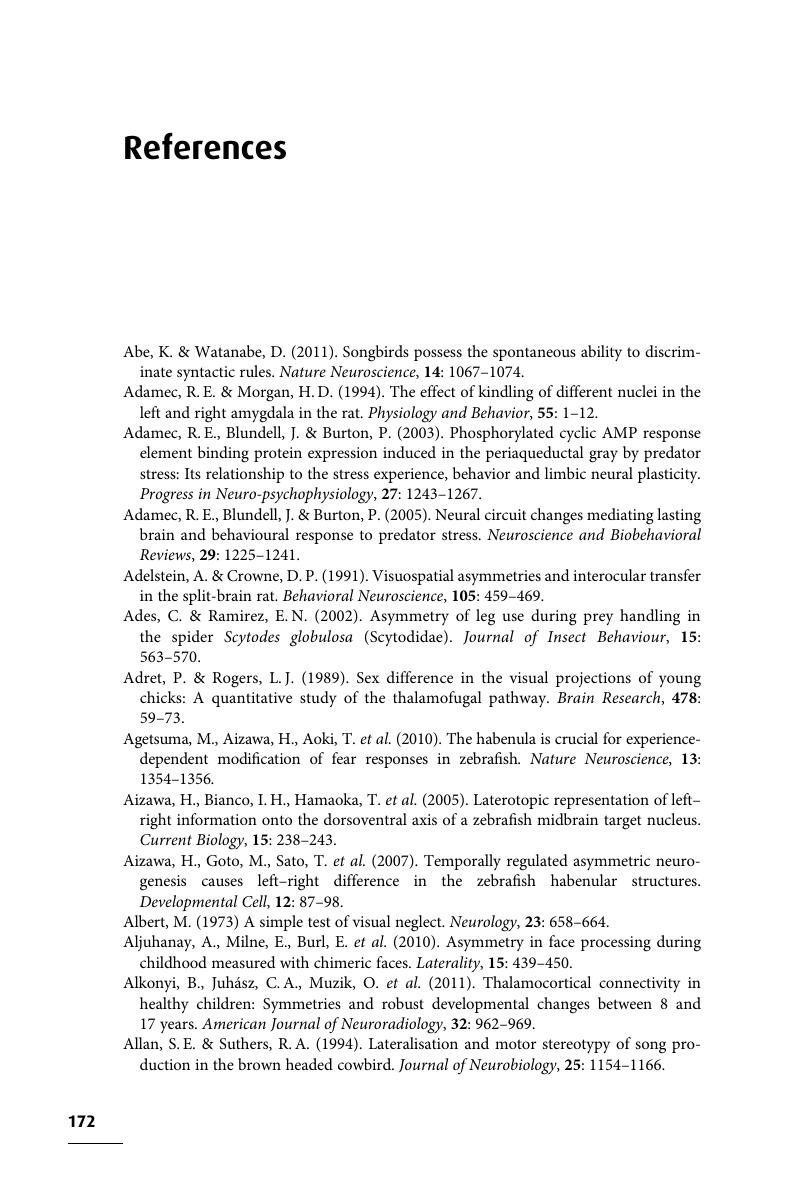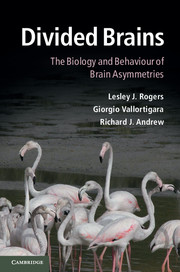References
Published online by Cambridge University Press: 05 February 2013
Summary

- Type
- Chapter
- Information
- Divided BrainsThe Biology and Behaviour of Brain Asymmetries, pp. 172 - 217Publisher: Cambridge University PressPrint publication year: 2013
References
- 1
- Cited by



